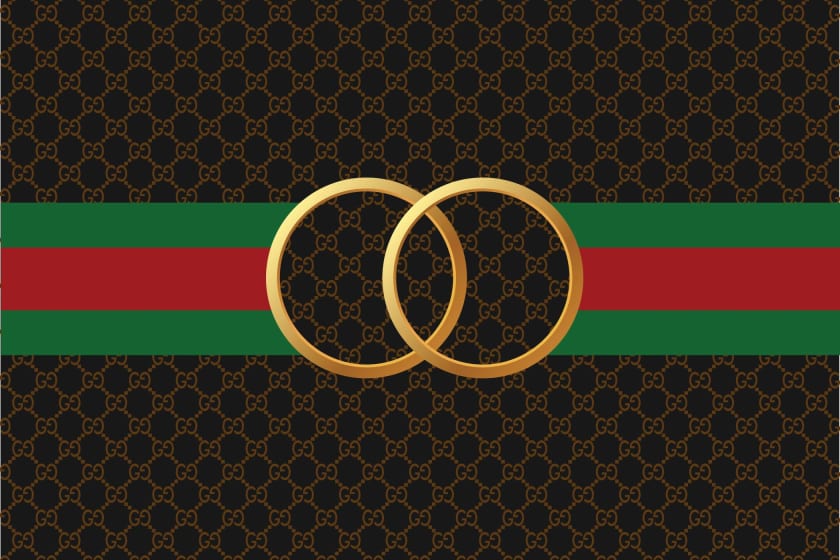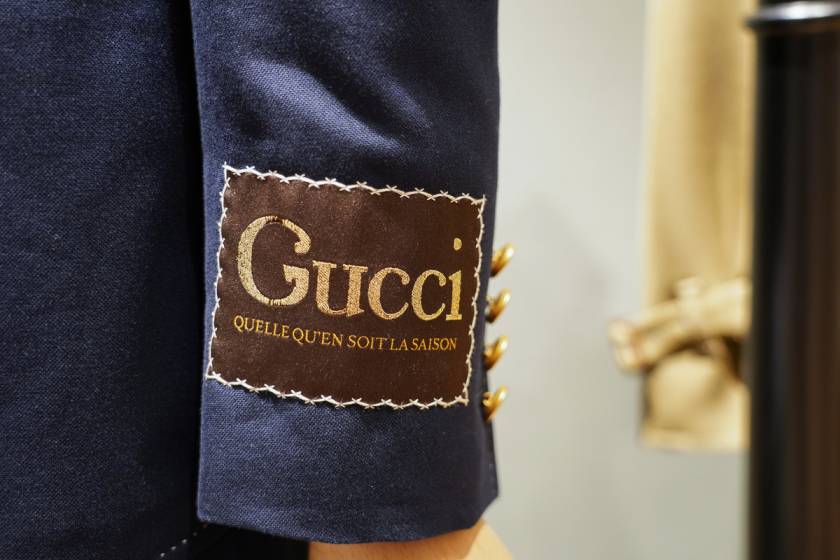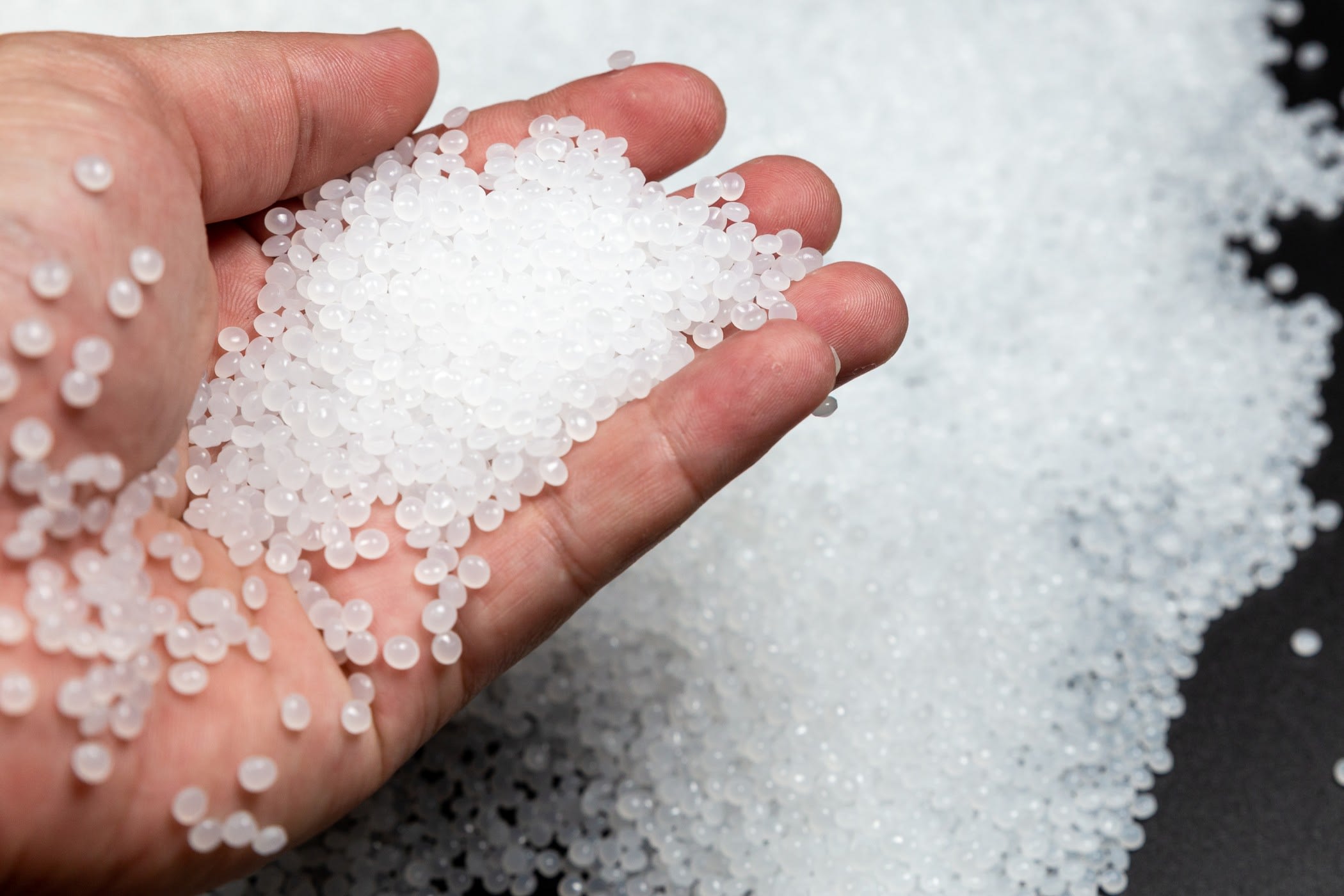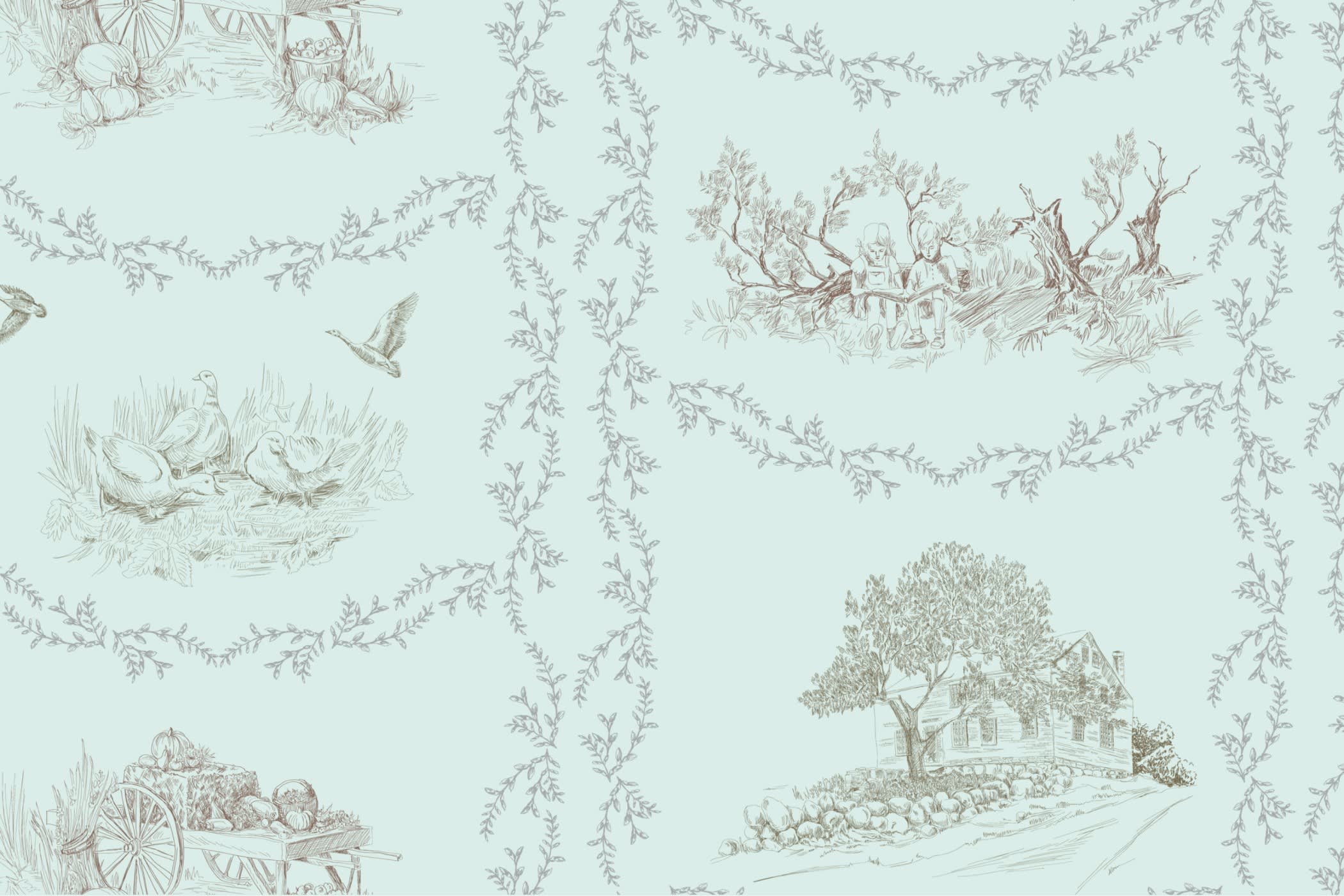How To Source Gucci Fabrics For Your Clothing Line?



Several variables come into play if you plan to start a chic clothing line. A solid production foundation and high-quality material sources can help you stand out from the crowd. If you want to source Gucci fabrics for your business, you are at the right place. Read below to learn more about this.
Fabrics have many varieties. You will find knit, woven, yarn-coloured, and printed fabric options. This means the knitting, weaving, and printing processes for every fabric are different.
For fashion designers, selecting the right fabric is often the first stage in the design process. The next phase is to create classy apparel using this fabric. Choosing a suitable material for your products can be difficult. This article discusses textile types, fabric suppliers, and the factors you must consider while selecting fabric for your clothing line.
Fabric Fundamentals

Knits and woven are two of the most prevalent fabric types. However, there are many others.
Knitted Fabric
Knitted fabric is commonly used to create smooth, comfy tops, bottoms, and underwear. Knitted textiles are light, soft, and require little maintenance. Their elasticity makes them ideal for activewear. Knit fabrics can now be found in various materials, including linen, silk, wool, Tencel, polyester, cotton, and cotton blends.
Knit fabrics can be created in two ways. A weft knit, a hand-knitted fabric, is made from a single thread looped to form horizontal rows. Each row is built on top of the one before it. A warp knit is created by looping many parallel threads vertically at the same time to make the fabric.
Woven Fabric
Woven fabrics are divided into two categories. Plain weave, twill weave, and satin weave are examples of basic or simple weaves. Dobby weave, jacquard weave, pique (like men’s polo tee shirt), and other complex or novelty weaves are more intricately made weaves.
What is the Best Place to Get Gucci Fabric For Your Clothing Line?
Fabric can be purchased in person at trade events, which allows you to inspect and feel the materials. Fabric vendors can be found online, and you can order fabric hangers (also known as swatches or samples) to check in your studio or workplace. Depending on the fabric mill, you may be charged for each fabric hanger. Fashinza is an online fabric vendor that helps manufacturers source clothes for their clothing line.
Fabric at Trade Exhibits
Selecting fabric at fabric trade exhibitions can be challenging. Hundreds of rows of supplier booths are a lot to consider in just a few hours. Before the trade exhibition, research the fabric mills participating in these exhibitions and shortlist the top ten. You can spend more time looking at their products. However, you must consider spending a few minutes at the stalls of fabric vendors not on your list but displaying good fabric at the exhibition.
Fabric Supplier Types

Finding reputable fabric suppliers is critical to developing a clothing line. It is best to choose partners who can supply the merchandise you need when you need it. Fabric suppliers are divided into three groups based on their business practices and the fabrics they sell.
- Fabric mills provide made-to-order fabrics with substantial minimum order quantities (MOQs).
- A fabric mill's unfinished or grey goods are purchased by a converter. Before selling it to you, they work on the fabric by dying, printing, or washing it.
- Jobbers typically have a limited supply of surplus fabric from converters and mills. They may sell it at a discount, and when a material, colour, or print runs out, they rarely restock it.
When Looking for Fabrics, Keep These Things in Mind
It can be challenging to find fine cloth. Looking for the 'ideal' fabric is one of the most common errors a new designer makes. In reality, you might never find anything exactly as envisioned. As a result, be ready to compromise! It is preferable to approach the purchase process with an open mind.
Asking the appropriate questions is another method to avoid costly blunders. It's easy to get carried away with your overall vision for how you want your clothes to look. However, ignoring essential factors can make production more difficult.
Fabric Selection to Match Your Brand's Vision
Whether you're just getting started or have a long history, the fabric you choose should reflect the type of brand image you want to project to your clients. The points below show the industries and the materials they often use to maintain the brand image.
● Leather, cashmere, silk, and organic cotton are all used in industries creating high-end fashion.
● Cotton, polyester, and nylon are all inexpensive fabrics.
● Technical textiles such as polypropylene and lycra are used in sportswear.
There are various trims to consider in addition to the hundreds of fabric options. Here are some examples of typical garment embellishments: buttons, zips, linings, elastics, and lace.
Identify Your Niche
You can't be everything to everyone, so focus on one thing at a time. Do you want fabric made from sustainable hemp or organic cotton? Are you designing garments for women or men, or is it something androgynous? Are these clothes for people who run daily errands in casual clothes but still want to seem cute? Or do they want to dress up for a night out? Do your garments provide a solution to a problem? Or perhaps you only want to focus on one thing, such as designing the ideal t-shirt. The types of fashion fabrics you source will be determined by the direction your brand takes and the type of product you intend to create.
For Whom Are You Creating Products
When answering this question, do not say for those who care about sustainable fashion. To say that you produce garments from recycled polyester or water bottles seems pointless at this time. Everlane, Billabong, Nike, Patagonia, and even fast-fashion behemoth ZARA, as well as the notoriously unscrupulous Walmart, all agree!
Source Gucci Fabrics for Your Clothing Line fromFashinza
Take your time to find something unique, and keep in mind that just because something sounds novel to you does not mean it is. Did you know that Tencel, a popular sustainable fabric, was first introduced in 1972 under Newell's brand name? And now, 47 years later, thanks to greenwashing, it's finally made the headlines. But buyers have been wearing the eco-friendly material for half a century! Don't be one of those greenwashers; do your homework.
Fabrics and trims will need to be included in your plan once these specifications have been verified. Giving your production team as much information as possible can help avoid miscommunication or mistakes throughout the manufacturing process.
With Fashinza’s comprehensive platform, finding Gucci fabric suppliers is child’s play. Fashinza has everything you need to start a clothing line, including fabric manufacturers and fabric specialists to help you find Gucci fabric for your business. Working with verified fashion professionals ensures you get expert knowledge and production expertise, along with the security and assurance of conducting business using a reputable fashion platform.



















